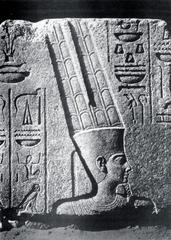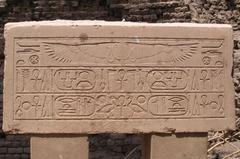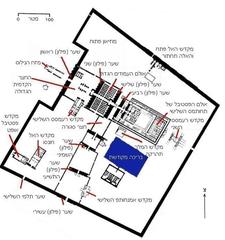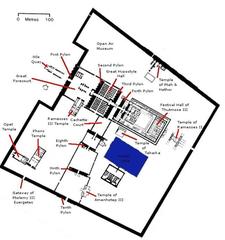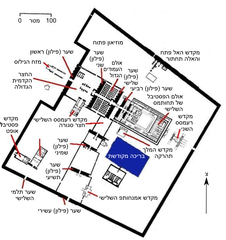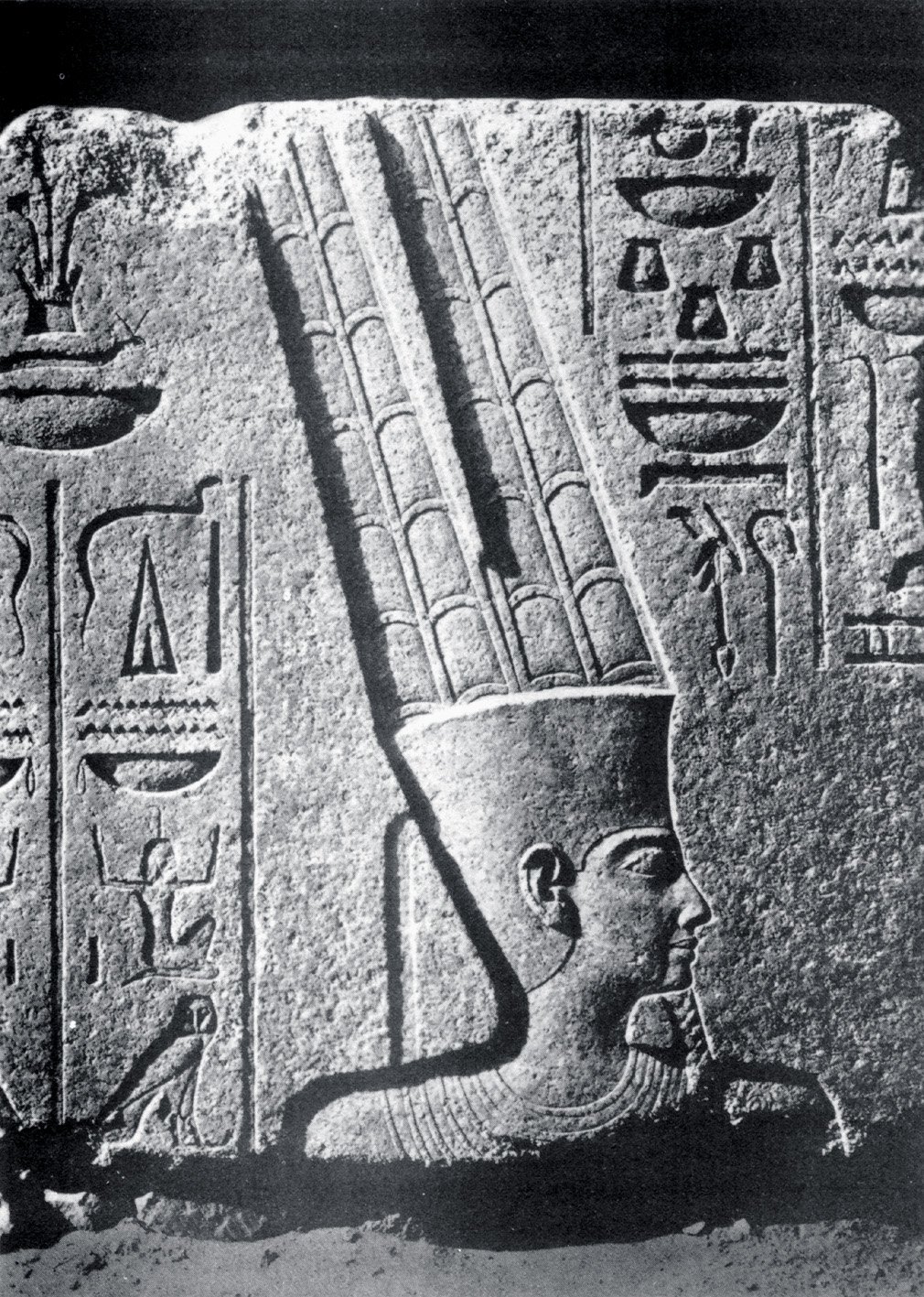
Karnak Open Air Museum: Visiting Hours, Tickets, and Historical Significance in Luxor, Egypt
Date: 15/06/2025
Introduction
Set within the legendary Karnak Temple Complex in Luxor, Egypt, the Karnak Open Air Museum is an essential destination for anyone interested in ancient Egyptian civilization. Showcasing a range of reconstructed chapels, shrines, statues, and architectural elements, the museum offers a window into the religious, political, and artistic legacy of Thebes. Spanning monuments from the Middle Kingdom to the Ptolemaic era, the museum’s displays reveal the evolution of Egyptian temple architecture and the enduring influence of its pharaohs.
The museum is the result of decades of archaeological discovery and conservation, with early 20th-century scholars like Pierre Lacau and Henri Chevrier leading efforts to recover and reassemble structures once hidden or reused within the sprawling temple complex. Today, the site is both educational and accessible, offering daily visiting hours, guided tours, multilingual signage, and modern visitor amenities. Continued international collaboration and advanced restoration techniques, such as 3D scanning, ensure that the Karnak Open Air Museum remains preserved for future generations (Evendo; Egyptopia; Madain Project).
Historical Background
Origins and Archaeological Discovery
The Karnak Temple Complex is one of Egypt’s most significant religious centers, with construction spanning nearly two millennia. The Open Air Museum, located near the northwest corner of the precinct of Amun-Re, was established to display monuments that had been dismantled and repurposed as infill for later construction phases. The museum’s creation allowed for the careful reconstruction of these chapels and shrines, many of which had been hidden within pylons or foundations.
Systematic excavation began in the 1920s and 1930s, leading to the discovery and restoration of several key monuments. The White Chapel of Senusret I, found in the Third Pylon, was among the first to be reassembled, setting a precedent for future conservation work (Egyptopia).
Highlights of the Karnak Open Air Museum
1. The White Chapel of Senusret I
- Era: Middle Kingdom (c. 1971–1926 BCE)
- Significance: Built to commemorate the king’s Sed Festival, the White Chapel is notable for its elegant columns and reliefs depicting the pharaoh and the administrative divisions (nomes) of Egypt. Its discovery and reconstruction provide critical insights into Middle Kingdom rituals and political geography (Egyptopia).
2. The Red Chapel of Hatshepsut
- Era: New Kingdom, 18th Dynasty
- Significance: Commissioned by Hatshepsut and completed by Thutmose III, this quartzite structure served as a barque shrine for Amun’s sacred boat. Its reliefs portray royal processions and religious ceremonies, exemplifying the innovation and artistry of Hatshepsut’s reign (Egyptopia).
3. The Alabaster Shrine of Amenhotep I
- Era: Early New Kingdom
- Significance: This alabaster shrine was built to house Amun’s barque. The translucent material and fine carvings create a luminous space, highlighting Amenhotep I’s contributions to Karnak’s religious life (Egyptopia).
4. Barque Shrine of Thutmose III
- Era: New Kingdom
- Significance: Designed to house Amun’s barque during festivals, this reconstructed monument showcases the transition between Middle and New Kingdom architectural styles, with detailed reliefs of Thutmose III’s devotion (Audiala).
5. Talatat Blocks of Akhenaten
- Era: Amarna Period
- Significance: Small sandstone blocks decorated with scenes of Akhenaten and Nefertiti, these fragments offer rare insight into Amarna art and the religious revolution centered on the sun disk, Aten (Explore Luxor).
6. Akh-menu Fragments (Festival Hall of Thutmose III)
- Era: New Kingdom
- Significance: Columns and reliefs from Thutmose III’s jubilee hall, used for Sed festivals, highlight the king’s military and religious accomplishments (Egypt Tours Info).
7. Shrine of Amenhotep II
- Era: New Kingdom
- Significance: A barque shrine featuring detailed scenes of the king making offerings to Amun, showcasing evolving New Kingdom religious practices (Make My Trip).
8. Statues and Stelae
- Highlights: Statues of pharaohs such as Amenhotep III and Thutmose IV, along with stelae depicting religious dedications, offer a tangible connection to Egypt’s ruling elite (Youregypttours).
9. Architectural Elements
- Significance: Columns, lintels, and doorways with intricate hieroglyphs and ritual scenes demonstrate the craftsmanship of ancient Egyptian builders (Audiala).
10. Nearby Avenue of Sphinxes
- Notable Feature: While not part of the museum proper, the adjacent processional way lined with ram-headed sphinxes connects Karnak to Luxor Temple, underscoring the ceremonial scale of ancient Thebes (Egypt Tours Info).
Visiting the Karnak Open Air Museum
Opening Hours
- Regular Hours: Daily from 6:00 AM to 5:00 PM. Seasonal variations may apply.
- Special Events: Night visits or extended hours may be available during festivals – check official schedules (Tripoto).
Ticket Information
- Pricing: Admission to the Open Air Museum is usually included with the Karnak Temple Complex ticket (approx. 150–160 EGP for adults; discounts for students and seniors). In some cases, a separate ticket of ~25 EGP may be required (Madain Project).
- Where to Buy: Tickets can be purchased at the site or online via authorized vendors.
Accessibility
- Mobility: Pathways are mostly flat but can be uneven; partial wheelchair accessibility. Assistance is available upon request (Sharm Club).
- Facilities: Restrooms and shaded areas are present in the main complex; bring water and sun protection.
Guided Tours and Interpretation
- Guided Tours: Available onsite and through local hotels. Recommended for detailed historical context.
- Signage: Informational panels are provided in multiple languages.
- Audio Guides: May be available seasonally.
Travel Tips
- Arrive early or late to avoid heat and crowds.
- Combine your visit with Luxor Temple, Valley of the Kings, and Luxor Museum for a comprehensive experience.
- Wear comfortable shoes and sun protection.
Conservation and Restoration
Ongoing Projects
- Restoration: The White Chapel, Red Chapel, and Alabaster Shrine are highlights of recent conservation.
- CFEETK: The Centre Franco-Égyptien d’Étude des Temples de Karnak leads major restoration and research (CFEETK).
- Digital Documentation: 3D scanning and new lighting facilitate preservation and visitor engagement.
Challenges
- Materials: Conservation of sandstone, limestone, and alabaster requires specialized techniques (Gerda Henkel Stiftung).
- Environment: Exposure to sun and temperature fluctuations accelerates deterioration.
Community & Education
- Engagement: Educational initiatives and enhanced signage support local stewardship and visitor understanding.
Frequently Asked Questions (FAQ)
Q: Are tickets for the Open Air Museum included with Karnak Temple admission?
A: Typically yes, but check for updates as some sources indicate a separate ticket may be required.
Q: What are the museum’s opening hours?
A: Usually from 6:00 AM to 5:00 PM daily.
Q: Are guided tours available?
A: Yes, both private and group tours are offered.
Q: Is the site accessible for visitors with mobility challenges?
A: The museum is partially accessible; some areas may be uneven.
Q: Can I take photographs?
A: Photography is allowed; tripods may need special permission.
Q: What nearby attractions should I visit?
A: Luxor Temple, Valley of the Kings, and the Luxor Museum are all recommended.
Plan Your Visit
The Karnak Open Air Museum is a living testament to ancient Egypt’s grandeur and ingenuity. Its reconstructed chapels, shrines, and monuments provide a rare opportunity to witness the artistry and spiritual life of Thebes. With convenient hours, accessible facilities, and a wealth of interpretive resources, the museum is suitable for families, students, researchers, and travelers alike.
To stay updated, download the Audiala app, explore virtual tours, and access expert guides for an enriched experience.
References
- Evendo
- Egyptopia
- Tripoto
- Egypt Mythology
- Audiala
- Madain Project
- CFEETK
- Lonely Planet
- Explore Luxor
- Youregypttours
- Egypt Tours Info
- Sharm Club
- Gerda Henkel Stiftung
